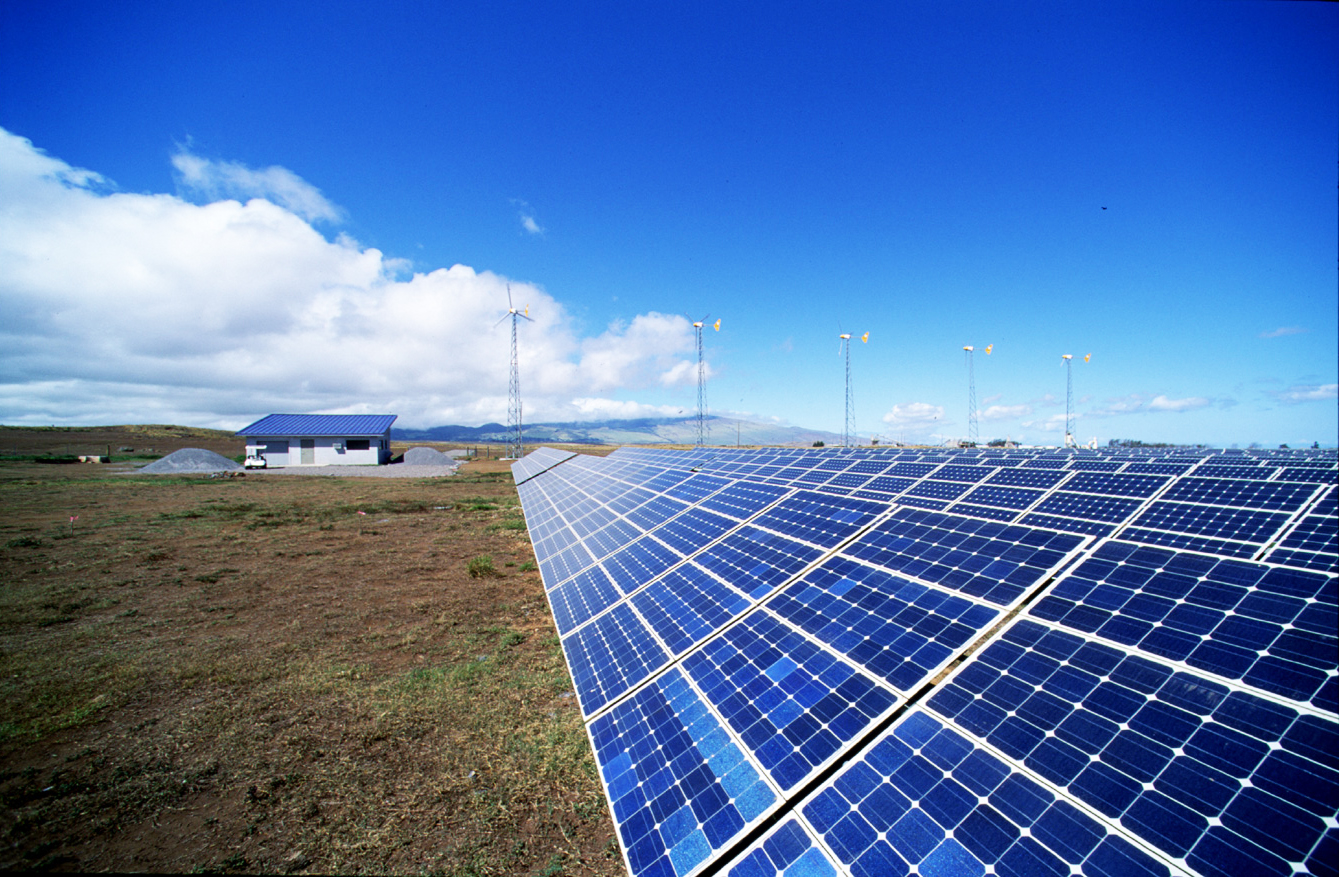Upstarts work toward greener, more efficient solar technology

Have had conversations in the past few weeks with two very different companies that actually have a pretty similar mission, if you dig deeper: Making solar technology as green and energy-efficient as possible. I'm sure there are many more companies like these in the wings, so I'll make it a point to keep an eye out for them. If you're one of these companies, reach out.
Here's the skinny on the two I've just met via telephone.
BioSolar, which is based in Santa Clarita, Calif., is using renewable plant sources to create various components of solar panels, including what it calls a BioBacksheet. So, in theory, its technology is more environmentally sound than some mainstream alternatives that are created with more toxic materials. If you have any question about whether or not this is an issue, take a peek at this recent assessment of the various solar technology manufacturers gathered through a survey by the Silicon Valley Toxics Coalition.
Coming up with a more environmentally friendly alternative to some solar components in itself would not be enough to inspire a panel manufacturer to switch products, but BioSolar CEO David Lee also claims that his company's technology can help solar panel manufacturers cut the manufacturing costs for photovoltaic solar modules. According to the company's marketing materials, for example, the BioBacksheet costs roughly half that of comparable alternatives.
"You can't just make it green, you have to make it cheaper," says Lee.
BioSolar's big play is that its green technology can help create different pricing levels (from premium down to basic) for photovoltaic solar modules which, in turn, will help create a richer marketplace of solar technology options. Costs and improved efficiency continue to be the big play for solar technology companies of all shapes and sizes. Lee says it should be relatively straightforward for companies to use BioSolar's technology: it might take approximately six months to replace components and get recertification for the product. Then again, it might take a shorter amount of time.
The second company I just met is XsunX, an Aliso Viejo, Calif., company that is pioneering manufacturing techniques born in the hard drive industry as an alternative to the way that people produce the copper indium gallium diSelenide (CIGS) solar cell absorber layer.
The company has come up with a way of processing production-sized substrates that measure 125 millimeters by 125 millimeters. I won't get too much into the science of the matter, but the idea is that the manufacturing process being tested and developed by XsunX will help companies produce lower cost solar cells. The process marries hard disc drive manufacturing ideas with co-evaporation research and development techniques, says Tom Djokovich, CEO of XsunX.
Djokovich says his company's inspiration is the relatively slow pace of efficiency improvements that have plagued the solar industry over the past decade. The company is currently testing, tweaking, testing and tweaking its approach and is eying the fourth quarter as one of its first major efficiency milestones. XsunX won't be manufacturing the technology itself, it will be licensing its approach and tools to partners.
